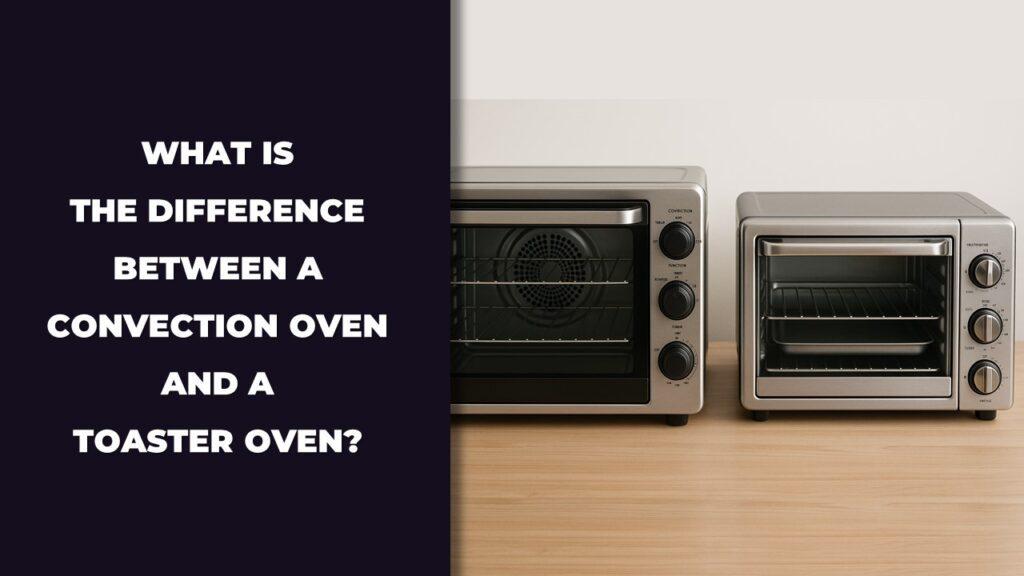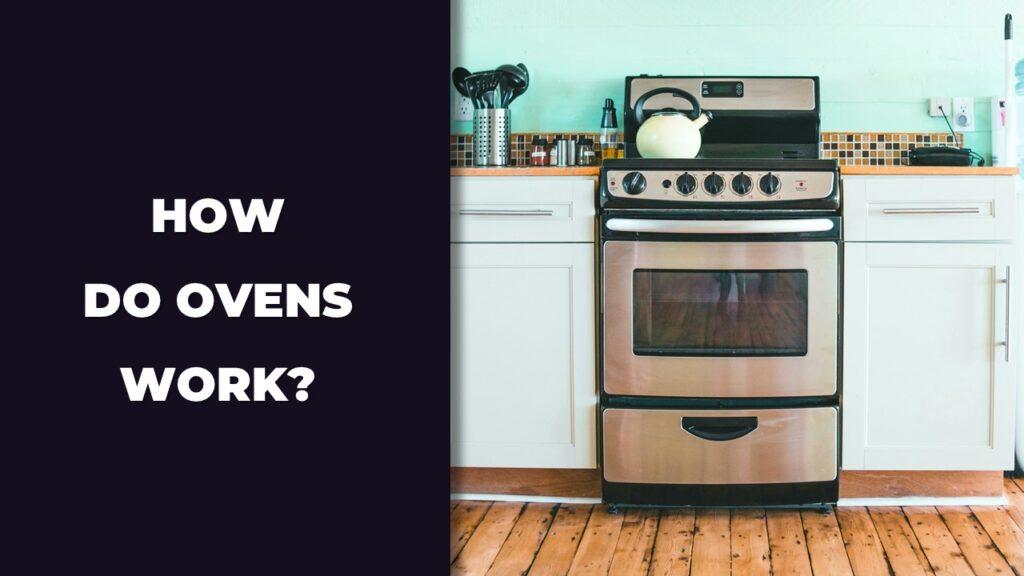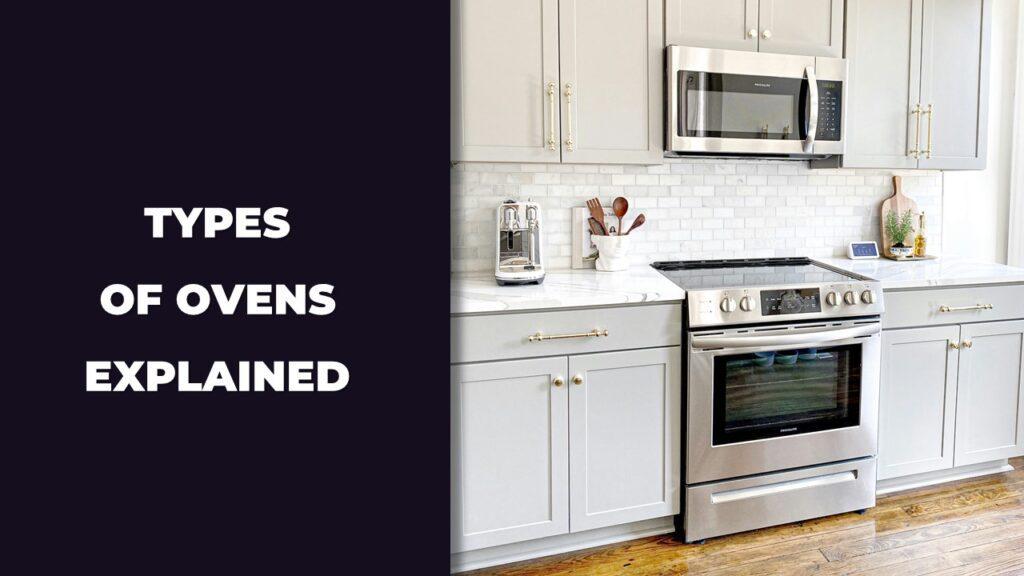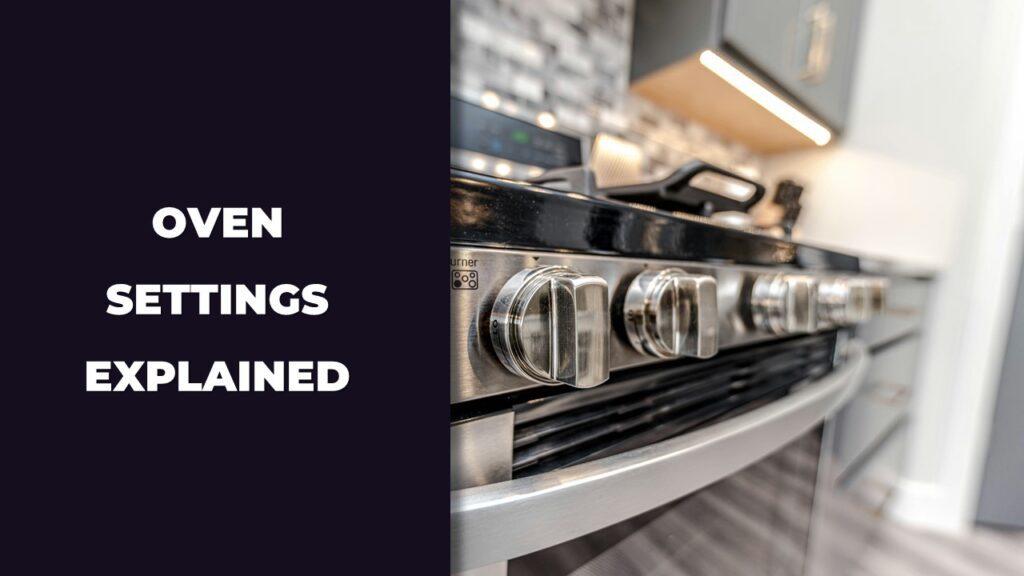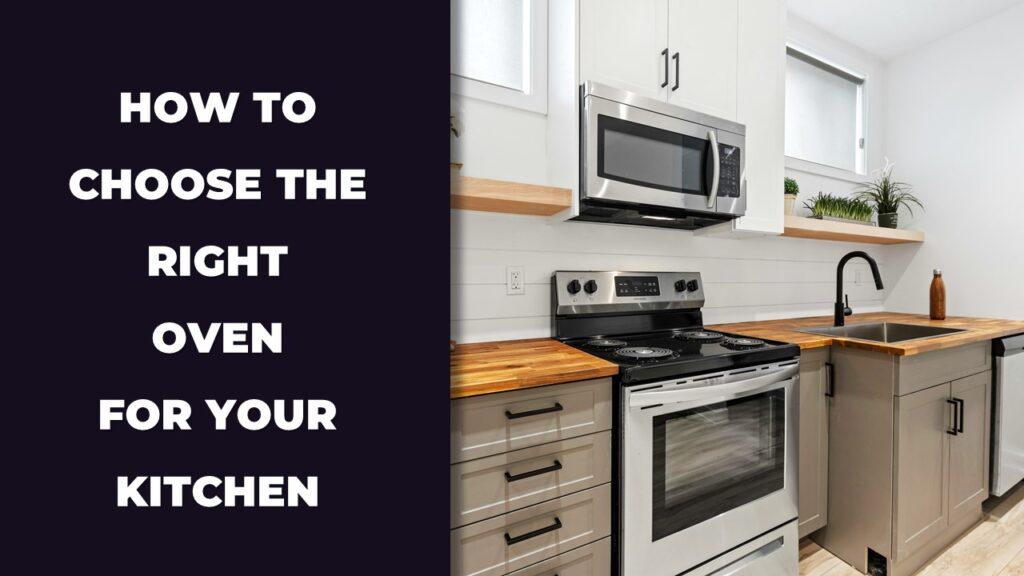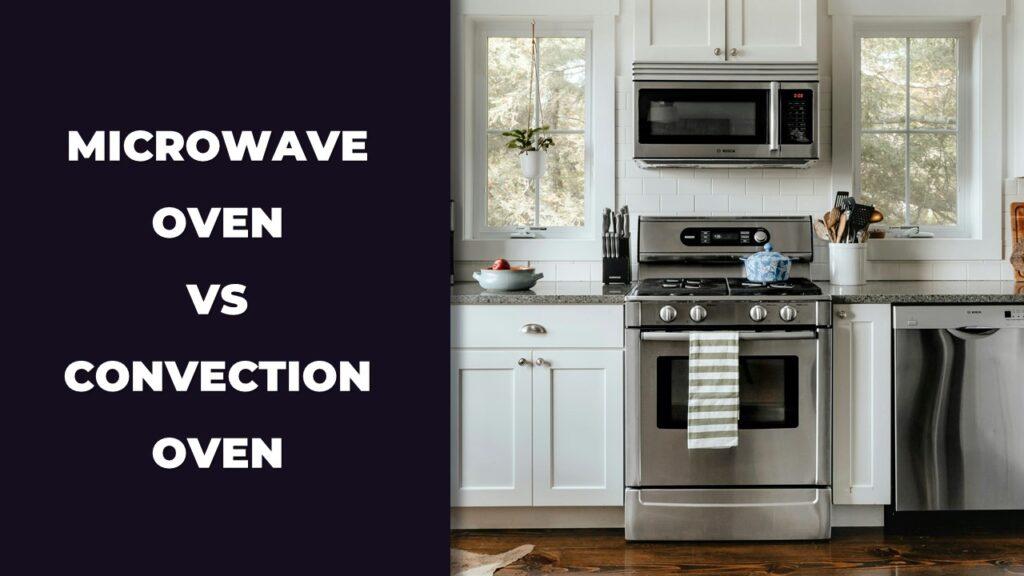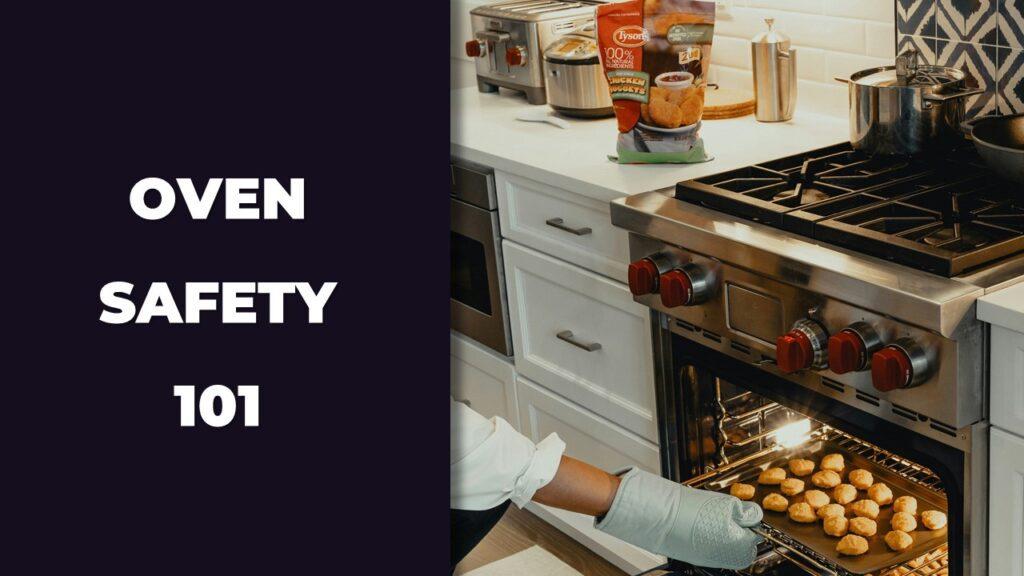
Oven safety involves using your oven in ways that prevent fires, burns, and accidents. This means keeping it clean, using oven-safe cookware, avoiding flammable items nearby, and knowing how to handle emergencies like smoke or grease fires.
In this article, we’re going to cover how to set up your oven safely, use it the right way, spot risks early, and keep kids out of harm’s way. Whether you use a gas, electric, or smart oven, these tips will help you cook safely and avoid common hazards. And if you’re working with high-heat appliances like a built-in, countertop, or indoor pizza oven, these habits become even more important for keeping your kitchen safe.
Common Oven Hazards That Put Your Home At Risk
Oven safety isn’t just about choosing the right temperature; it’s about knowing what could quietly go wrong and stopping it before it does. Fires, burns, gas leaks, or electric shock don’t always come with a warning. Most issues happen during regular cooking because of habits people don’t think twice about.
What Are The Most Common Oven Fire Hazards?
Fires often begin with something small, like old grease or crumbs stuck to the bottom of the oven. You preheat it, forget what’s there, and then the smoke comes—maybe even a flame.
Leaving plastic bowls or paper towels nearby, tossing a dish towel on the handle, or storing pans inside when it’s off might seem fine until you accidentally turn the oven on. Lining the bottom with foil also causes trouble. It can block airflow and trap heat in the wrong places, which may start a fire.
If your oven smells burnt every time you use it, that’s a sign you shouldn’t ignore.
Can Ovens Cause Burns Or Electric Shock?
Yes, and it happens fast. You reach in too quickly or brush against a hot rack without thinking. Sometimes, opening the door can hit you with a wave of steam that burns your hands or face.
Burns often happen because people grab hot pans without using proper mitts or use a damp towel that turns into steam. As for electric shock, even a cracked knob or frayed cord is enough to cause it. If your oven makes a buzzing sound, sparks, or smells off, stop using it and get it checked.
It might feel like an inconvenience, but ignoring those signs could lead to something worse.
Is Carbon Monoxide A Risk With Gas Ovens?
It is, especially in poorly ventilated kitchens or when the oven isn’t working right. Carbon monoxide is dangerous because you can’t see it or smell it, but it builds up quietly while you cook.
If the flame in your oven is yellow instead of blue, or if the air in your kitchen feels heavy or makes you feel lightheaded, those are signs something’s wrong. Some people feel dizzy or get headaches after cooking—that could be the gas.
The fix is simple. Get a carbon monoxide detector and place it near your kitchen. It’s small, affordable, and could protect your family from serious harm.
Safe Installation Tips For Gas And Electric Ovens
Installing your oven the right way isn’t just about making it fit—it’s about making sure it’s safe, steady, and won’t cause problems later. Whether it runs on gas or electricity, the setup matters. If something’s off, it could lead to gas leaks, sparks, or overheating.
Why Professional Oven Installation Is Important
Gas lines and high-voltage wiring aren’t something to guess your way through. A licensed installer knows how to connect them properly, test for leaks or voltage problems, and secure the oven in place.
Wall ovens especially need to be mounted tightly and spaced correctly. If they’re not, the heat can build up in places it shouldn’t, or the oven might shift over time. A proper setup doesn’t just help it run better, it keeps your kitchen safer.
How To Place Your Oven Safely In The Kitchen
An oven needs space to breathe. Putting it right next to wood cabinets, curtains, or anything flammable invites trouble. You also don’t want it under a window, where wind could blow the flame or push smoke back into your home.
Don’t keep anything on top of the oven either. Even if it’s off, it’s easy to forget something’s there. One missed step, and that plastic lid or paper box becomes a fire.
For freestanding ovens, make sure they sit level on the floor and aren’t near water sources. Spills and shocks don’t mix well.
What Ventilation Setup Do You Need For An Oven?
Every oven gives off heat and fumes. If that air has nowhere to go, it stays trapped in your kitchen, which can damage cabinets or set off your smoke alarm.
Check that any vents behind or above your oven are clear. Clean out dust or grease regularly. A good range hood or exhaust fan also helps pull out steam and smoke so you’re not cooking in a cloud. This is especially helpful if you use a gas oven or bake often.
If your fan doesn’t work or hasn’t been cleaned in a while, it’s time to fix that. Ventilation isn’t just about comfort—it’s about safety too.
Safe Oven Use: Cooking Without Accidents
Using your oven safely means building habits that prevent fires, burns, and damaged cookware. It’s not just about turning knobs. It’s about what you’re putting in, how you handle it, and how you manage your time while it’s running.
Why You Should Never Leave The Oven Unattended
Walking away from a hot oven is one of the easiest ways to cause a kitchen fire. Food bubbles over, spills onto the heating element, or gets forgotten. In just a few minutes, you can go from dinner to disaster.
Even if you think, “It’s just for a minute,” things can change quickly. Use a timer, keep an eye on your food through the oven window, and avoid multitasking too far from the kitchen. A little attention goes a long way.
What Cookware Is Safe To Use In An Oven?
Not everything you own belongs in the oven. Use pans, trays, and dishes labeled as “oven-safe.” Glass, ceramic, cast iron, and most stainless steel work well. Stay away from anything plastic, anything with rubber handles, or anything with paint or print that could melt or release fumes.
If you’re not sure about a dish, look for a stamp or marking on the bottom. When in doubt, swap it out.
How To Prevent Burns When Using An Oven
Burns are one of the most common kitchen injuries. They usually happen fast—like brushing against a hot rack or grabbing a pan without thinking.
Use oven mitts that cover your wrists, and make sure they’re dry. A damp cloth turns into steam against heat and can burn your skin. Don’t lean over an open oven. Hot air and steam rise quickly, and you might not feel it until it’s too late.
Also, take your time. Most burns happen when people rush.
Should You Overload The Oven With Pans?
Stuffing too much inside your oven might seem efficient, but it often backfires. Overloading blocks heat from circulating properly. It can lead to uneven cooking, burned edges, and—worse—pans touching the heating element.
There’s also more risk of spills, which can catch fire or smoke up the kitchen. Use fewer pans and give each one space. Cooking in two batches is slower, but it’s safer.
Oven Safety Tips Based On Oven Type
Different ovens come with different risks. Whether yours runs on gas, electricity, or Wi-Fi, knowing the type of oven you’re using helps you stay safe while cooking.
Gas Oven Safety Tips To Prevent Leaks And Fires
Gas ovens work with an open flame, so they need extra care. If you smell gas, hear a hissing sound, or see a yellow flame instead of blue, turn it off and call a professional. Never try to fix a gas line on your own.
Keep the area well-ventilated. Use your range hood or open a window while cooking. And don’t store anything near the gas burners or vents. Flames need space.
Electric Oven Safety Precautions To Avoid Shocks
Electric ovens carry high voltage, which means a damaged cord or exposed wire is no joke. Never plug your oven into an extension cord. Always use a grounded outlet, and if you see sparks or hear buzzing, unplug it and stop using it.
Check the knobs and control panel now and then. If something’s loose or acting weird, don’t ignore it. Better to fix it before it causes trouble.
Convection Oven Safety Guidelines For Home Cooks
Convection ovens use a fan to blow hot air around, which helps food cook faster and more evenly. But that fan also means things get hotter, quicker.
Use bakeware that allows airflow—no oversized pans blocking the fan. And don’t cover the racks with foil. It messes with the heat and can cause uneven cooking or even overheating. Keep the fan area clean too. Food buildup near the fan can become a fire risk.
Microwave Oven Safety Rules For Daily Use
Microwaves are convenient, but people often forget they come with risks. Never put metal inside—not foil, not spoons, not twist-ties. Metal can spark and damage the oven, or worse.
Only use containers labeled “microwave-safe.” Some plastics melt or release chemicals when heated. Also, don’t microwave sealed containers. Pressure builds up and can cause them to explode. Keep an eye on what’s cooking, and don’t walk away.
Smart Oven Safety Features And How To Use Them
Smart ovens come with helpful tools like auto shut-off, temperature alerts, and child locks. Use them. Just because you can control your oven from your phone doesn’t mean you should rely on it completely.
Still double-check the oven in person, especially before leaving the house. And if kids are around, lock the controls so they can’t turn it on accidentally.
Dangerous Oven Habits To Avoid
Some habits around ovens seem harmless—until they’re not. A forgotten pan, a bit of foil, or using your oven for heat can lead to fires, burns, or worse. The good news? These are all easy to avoid once you know what to look out for.
What Items Should Never Be Stored Inside An Oven?
It’s tempting to stash pans, baking trays, or even serving dishes inside your oven, especially in smaller kitchens. But this habit turns risky the moment you forget they’re there and turn the oven on.
Avoid storing these items inside an oven:
- Plastic containers, lids, or anything with rubber
- Paper towels, napkins, or cardboard boxes
- Non-oven-safe pans or glassware
- Cookware with wooden handles or plastic trim
Even if the oven is off, someone else in the house might not know and preheat it. That’s how kitchen fires often start—quietly and fast.
Is Aluminum Foil Safe In An Oven?
Yes, but only when used the right way. Foil should never line the bottom of your oven. That might seem like a clean-up trick, but it blocks airflow and traps heat where it shouldn’t be, which can lead to overheating or even melting internal parts.
Smart ways to use foil:
- Place it on a baking tray—not the oven floor
- Tent it over food to prevent over-browning
- Keep it clear of any heating elements or fan vents
If it’s touching coils or blocking air, it’s not safe.
Why You Should Never Use An Oven To Heat Your Home
Using your oven to warm up a cold kitchen might feel like a quick solution—but it’s not safe. Gas ovens release carbon monoxide. That’s an invisible, odorless gas that can build up in your home without you noticing. Even electric ovens aren’t designed to stay open and running for heat.
Here’s what can go wrong:
- Risk of carbon monoxide poisoning (from gas ovens)
- Fire hazard from leaving the door open and unattended
- Burns if someone touches hot surfaces or leans in
- Strain on the oven’s components, shortening its lifespan
If your home is cold, turn up the heat or use a space heater rated for indoor use. An oven is for cooking, not heating your house.
What To Do In Case Of An Oven Fire Or Emergency
When something goes wrong with your oven, reacting calmly and quickly can prevent it from getting worse. Knowing what to do during a fire, smoke incident, or burn injury makes all the difference.
How To Extinguish A Grease Fire In The Oven
If you see flames inside your oven:
- Do not open the door. Keep it closed to cut off oxygen.
- Turn off the oven immediately. This stops the heat source.
- Wait and watch. If the fire dies out, let the oven cool.
- Use a fire extinguisher if the fire is still going after a minute or two.
- Never pour water on a grease fire. It can make the flames jump.
If the fire spreads or feels out of control, leave the kitchen and call emergency services right away.
What To Do If Your Oven Starts Smoking
Smoke doesn’t always mean fire, but it should still be taken seriously. Most of the time, smoke comes from:
- Food spills or grease that burned
- Items that weren’t oven-safe
- High temps cooking food too fast
Here’s what to do:
- Turn the oven off.
- Keep the door closed for a few minutes to contain the smoke.
- Once it’s cooled down, open the oven and remove the food or debris.
- Wipe the oven interior before using it again.
If the smoke returns next time you cook, there might be a deeper issue—like buildup in hidden parts or a failing element.
How To Handle Minor Oven Burns At Home
Burns happen fast, especially when reaching into a hot oven or brushing against the rack. If you get burned:
Do this right away:
- Run cool (not icy) water over the burn for 10 to 20 minutes.
- Avoid ointments, butter, or oils.
- Cover the area loosely with clean gauze.
Get medical help if:
- The burn blisters or peels heavily
- It’s larger than your palm
- The skin looks black, white, or numb
Even small burns can get infected if not treated properly, so it’s better to be careful.
After-Cooking Safety And Oven Cleaning Habits
What you do after using your oven matters just as much as how you use it while cooking. Leaving the oven on, skipping the cleanup, or misusing the self-clean feature can quietly increase the risk of smoke or fire during your next meal. A little routine care goes a long way.
Why Turning Off The Oven Properly Matters
It sounds obvious, but it’s easy to forget—especially in a busy kitchen. Leaving the oven on wastes energy and raises the risk of overheating, electrical strain, or a fire starting if there’s anything left inside.
Make it a habit:
- Always double-check the oven is off before leaving the kitchen.
- For gas ovens, listen for the flame and check the dial is fully turned to “Off.”
- For electric models, wait for the “hot surface” indicator to go dark if your oven has one.
Also, keep the oven door closed after use. It cools faster that way and keeps heat from escaping into the room.
When To Clean The Oven For Fire Prevention
Grease and food buildup are common causes of oven smoke and flare-ups. When spills sit and get reheated over and over, they can burn or ignite.
Clean your oven:
- Lightly after each use—wipe up fresh spills when the oven cools.
- Deep clean every 1 to 3 months, depending on how often you cook.
- Immediately if there’s a strong smell or visible smoke the next time you use it.
Use baking soda and vinegar for a safe, no-fume cleaning method, or a soft scraper for hardened bits.
Are Self-Cleaning Ovens Safe To Use?
Self-cleaning ovens can make your life easier, but they come with some warnings. These cycles get extremely hot—often above 800°F—to burn off food residue. During that time, you may notice smoke, smell strong fumes, or hear clicking sounds from metal expanding.
Use your self-clean cycle safely:
- Only run it when you’re home and alert, not overnight.
- Open a window or turn on a fan for ventilation.
- Remove racks, pans, and anything left inside.
- Keep kids and pets out of the kitchen while it runs.
If your oven is old, damaged, or has a faulty seal, skip the self-clean function and use manual cleaning instead.
How To Keep Children Safe Around Ovens
Ovens can be dangerous for kids—hot surfaces, open doors, and sharp edges all pose a risk. Teaching safety early, setting clear boundaries, and using built-in features can help keep little hands away from danger.
What Oven Safety Features Help With Kids?
Many newer ovens come with built-in tools to help prevent accidents. If you have children at home, check for these:
- Control lock: Stops kids from turning knobs or pushing buttons.
- Cool-touch doors: Stay cooler on the outside even when the oven is hot.
- Auto shut-off: Turns off the oven after a certain time if left unattended.
- Hidden heating elements: Reduce the chance of accidental contact.
If your oven doesn’t have these, consider adding knob covers or a baby gate around the cooking area.
How To Create A Kid-Safe Cooking Zone
Kids love to explore, and kitchens are full of tempting drawers and buttons. Your goal isn’t just to say “don’t touch”—it’s to set up the space so they’re not even tempted.
Try these ideas:
- Mark a no-go zone in front of the oven with a colored mat or masking tape.
- Use a safety gate or playpen if your child is very young and curious.
- Keep step stools and chairs away from the oven area.
- Never leave the oven door open to cool. It’s an easy spot for little ones to lean on or climb.
Even if your child isn’t walking yet, plan ahead. Kids get mobile fast.
How To Teach Children Oven Safety Early
You don’t need a big lecture. Kids respond better to simple, clear rules and consistent routines.
Ways to teach oven safety:
- Explain that the oven is “hot and not for touching.”
- Let them help prep food away from the oven so they still feel involved.
- Use timers to show them how cooking takes time and that waiting is part of the process.
- Make it a rule that only grown-ups open the oven door or pull out pans.
The sooner they learn, the safer your kitchen becomes.
Regular Oven Maintenance To Prevent Long-Term Issues
Oven maintenance helps catch small issues before they turn into safety risks. A quick monthly check can prevent fires, uneven heating, and electrical problems. Over time, ovens wear down, and ignoring signs like strange smells or heat loss can lead to bigger trouble.
What Should You Inspect Monthly On Your Oven?
Even if your oven seems to be working fine, it’s worth giving it a closer look once a month. These simple checks can help catch early signs of damage or wear.
Look for:
- Cracked, loose, or missing door seals (which let heat escape)
- Burn marks, warping, or discoloration around the oven door or knobs
- Loose knobs or buttons on the control panel
- Grease or grime buildup near vents and hinges
- Unusual smells or buzzing sounds when turning the oven on
A small problem today might be an expensive repair later—unless you spot it early.
When Should You Call A Technician For Your Oven?
Not everything should be a DIY fix. If something feels off and you can’t figure it out, it’s better to bring in someone who knows what to look for.
Call a technician if:
- The oven isn’t heating evenly or takes too long to preheat
- You see sparks, smell burning wires, or hear loud buzzing
- The gas oven flame is yellow or flickers
- The oven won’t stay on or shuts off unexpectedly
- The control panel isn’t responding or shows error codes
A quick inspection might save you from a fire hazard or a full breakdown down the road.
When Is It Time To Replace Your Oven For Safety?
Even a well-maintained oven has a limit. If your oven is more than 12 to 15 years old, it may no longer cook properly or safely. Old parts wear out, insulation breaks down, and features that once worked perfectly may become unpredictable.
Signs it might be time for a new oven:
- You’re constantly repairing it and the problems keep coming back
- It can’t hold a steady temperature anymore
- You notice scorch marks or hot spots on the outside
- Safety features no longer work (like auto shut-off or locked doors)
If you’re worried about fire safety or electrical issues and your oven’s past its prime, replacing it is often the smarter move.
Conclusion
Oven safety doesn’t require fancy tools or constant worry—it just comes down to smart habits. Things like wiping up spills, turning the oven off right after use, and teaching kids to stay clear can make a big difference. These small steps protect your kitchen from fire hazards and accidents.
Knowing your oven’s limits is also part of staying safe. Use oven-safe cookware, check your oven regularly, and don’t ignore signs that something isn’t right. If the oven smokes, sparks, or smells off, stop using it and look into it. These are all warning signs that should never be brushed aside.
Most importantly, remember that safe oven use is ongoing. Whether it’s a wall oven, gas range, or smart appliance, your attention and care are the most reliable safety tools you have. Cook confidently, clean regularly, and stay alert—you’ll be doing more than just making meals; you’ll be protecting your home.
Frequently Asked Questions (FAQs)
Can I Leave The Oven On While Not At Home?
No, leaving the oven on unattended is a fire hazard. Always turn it off before leaving the house.
Is Aluminum Foil Dangerous In Ovens?
Aluminum foil is safe if used correctly. Avoid lining the oven floor or letting it touch the heating elements.
How Do I Clean My Oven Without Chemicals?
Mix baking soda and water into a paste, then spray with vinegar. Let it sit, then scrub with a soft cloth.
Can I Put A Cold Dish In A Hot Oven?
Yes, but only if it’s oven-safe. Avoid sudden temperature changes with glass or ceramic—they can crack.
Do Ovens Need Regular Service Like Other Appliances?
Yes. An annual checkup helps catch electrical faults, worn seals, or thermostat issues before they cause problems.
How Hot Do Oven Exteriors Get During Use?
Many oven doors can get hot, especially older models. Keep children and pets away while the oven is in use.
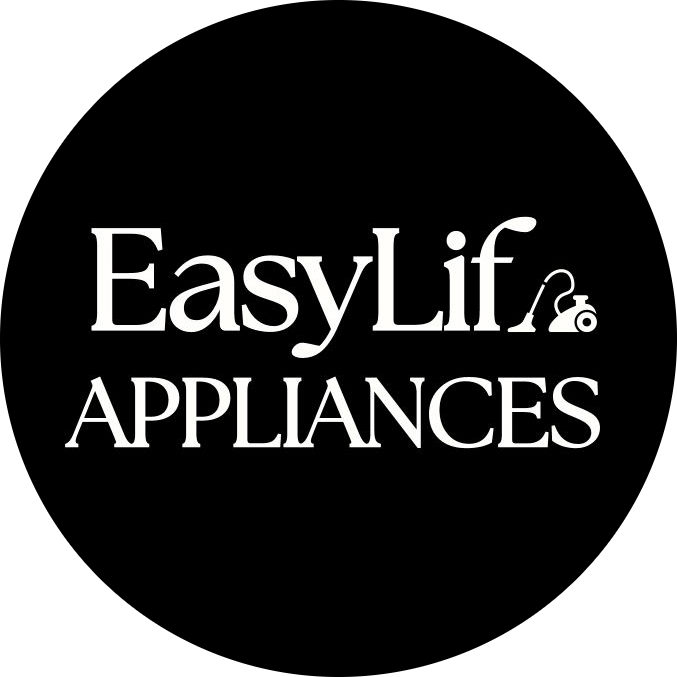
At our core, we’re a group of passionate households and gardening tools and appliances users and enthusiasts. We dive deep into the world of tech, especially when it’s about your household or gardening electric items. We try to provide as much value to the readers with our information and how to blog articles as possible. For affiliate articles our honest and transparent reviews of essential tech products are rooted in real-world experience. We take great satisfaction in offering unbiased evaluations, ensuring that you can make informed decisions when investing in your desired techs.

